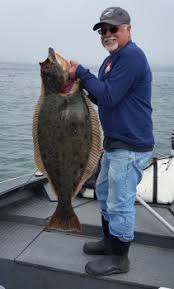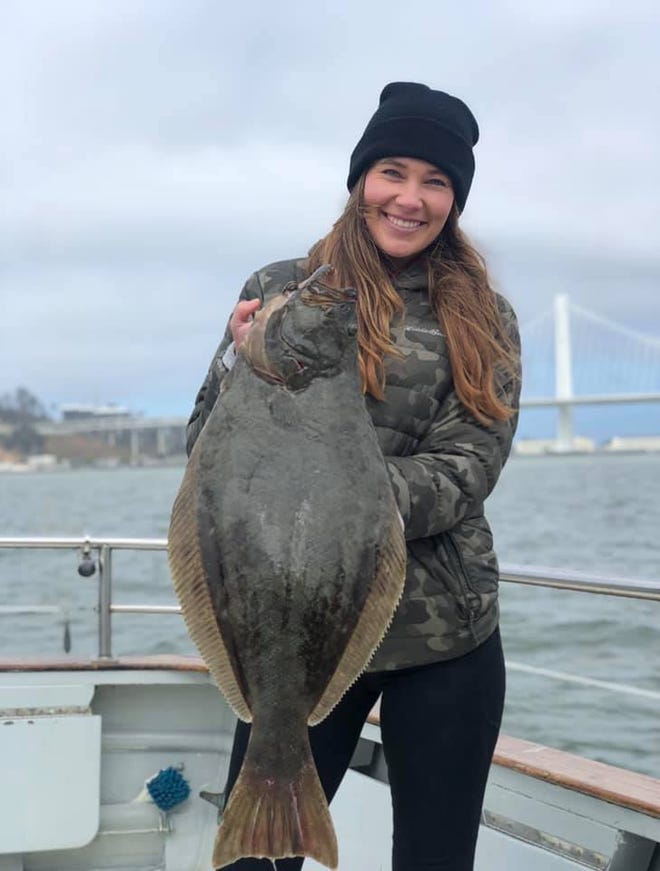Everything You Need to Know About Catching Halibut
One of Newport’s most sought-out fish species is halibut, known for its size, population, and delicious meat! If you’re planning to head to Newport for some fishing action, then you’ll most likely catch a few halibuts while on the waters. But the question is: How do you catch them?
We show you everything you need to know about catching halibut, from what this fish is, the bait or lures to use, among other fishing tips.
Everything You Need to Know About Catching Halibut
Before anything else, what is halibut in the first place?
This is a group of three species of large flatfish from the right-eye flounder family. These fish would live and feed on the bottom of the waters, hence the need for bottom fishing as your technique. You can find these fish in the North Pacific, Arctic, and North Atlantic Oceans.
What makes halibut interesting is how it only has one eye on one of its sides. You’ll see where the eye is by checking the fish’s color. The eyed side would have a dark shade, while the blind side is usually white. In Oregon, halibut would weigh about 20-150 pounds, but you can catch halibut as heavy as 720 pounds, measuring a whopping seven feet long.
There are two kinds of halibut to catch: California and Pacific halibut. You’ll find the Pacific halibut more on Oregon waters, donning a diamond shape and right-sided eye.
Now that you’re more familiar with what halibut is, here are some helpful tips for catching them:
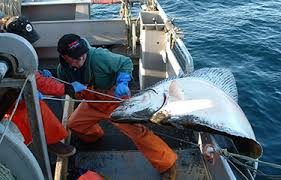
The Best Bait
When catching halibut, we highly recommend using live bait. Since halibut aren’t picky eaters, you can choose various live bait. These are some of the best you can use:
- Salmon bellies taste delicious to halibut! Plus, when you leave the tough salmon skin, the scraps are durable and can stay on the line for a longer time. You can use any part of the salmon, particularly the white-skinned stomach.
- Salmon heads are also excellent bait, which allows you to use every part of the salmon. We recommend using small heads from coho, chinook, and pink salmon. Anything bigger than that would make the bait less effective.
- Squid is a great bait, either fresh or frozen, in pieces or whole. Squid is softer than salmon, so other species can eat it before heading to the bottom. Prevent that from happening by using two hooks in tandem.
- Thanks to its tough and rubbery texture, Octopus is another good bait, helping it stay on the hook.
- Herring is loved by halibut, especially large-sized ones. However, herring is more expensive than a soft fish, so like squid, other fish can eat it before landing on the bottom.
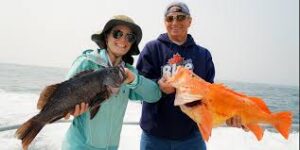
The Best Lures
We highly recommend using these lures when targeting halibut:
- Jigs work excellently for halibut, thanks to their weighted features. The lead weight, or sinker) would have a hook molded into it. You can add your live bait here.
- Artificial squid is another popular halibut lure. We recommend using a Ziploc bag, “marinating” the lure with scents of the live bait you plan on using.
- Soft plastic-bodied grubs are effective lures as they have a lot of scents and are designed well enough to wiggle in the water to attract halibut without spooking them. We recommend using eight-inch grubs.
Extra Tips to Follow
Here are other tips to follow when catching halibut:
- Be patient! Unless you’re jigging, wait until a halibut strikes. Allow the fish to eat the bait before you set the hook. We recommend using circle hooks because you rarely lose halibuts once you hook them with these. You might have to wait for 1-2 hours before fish show up, so don’t try hopping from one place to another.
- Thump your weight on the ocean floor, which can attract halibut.
- If you make a targeted trip with bait, set up before the slack tide for the bait scent to travel. Even during the tide change, there will be current. That said, be aware of the current’s direction to strategize how you’ll lure in halibut properly.
- We recommend using additional scents or lures with injected scents if you aren’t using bait.
- Use sharp hooks to catch more fish, particularly those that don’t bite aggressively.
- Run one jig if there’s current in the area. Avoid running multiple jigs as they may end up in tangles.
- The best techniques to catch halibut are deep sea fishing, drift fishing, bottom fishing, heavy tackling, and even spearfishing.
In Oregon, the halibut fishing season would peak from May to September. It closes from January to April and October to December.
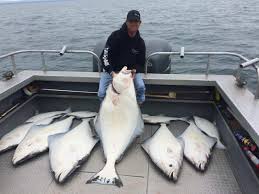
Be Aware of the Rules and Regulations
You must be aware of the state’s fishing rules and limitations when catching halibut. This prevents you from breaking the rules, leading to hefty fines or revoking your license. These restrictions are in place to control the halibut population,
According to the Oregon Department of Fish and Wildlife:
- The daily bag limit is 1 Pacific halibut. The annual limit is 6 Pacific halibut, without any length limit.
- The possession limit is 1 daily limit at sea and 3 daily limits on land.
Refer to the Oregon Department of Fish and Wildlife regarding this year’s open season for halibut.
Wrapping It Up
There isn’t one best halibut fishing spot in Oregon, but you can expect many of them in Newport. That is, as long as you know where to fish and what techniques to use! That’s why it’s best to join a fishing charter so you can learn the proper tricks and techniques to spot and reel in halibut.
If you’re planning to visit Newport for a fishing adventure (and catch halibut!), contact us for fishing charter services. We can discuss your wants and needs to make your trip memorable.
Let’s Get Started
